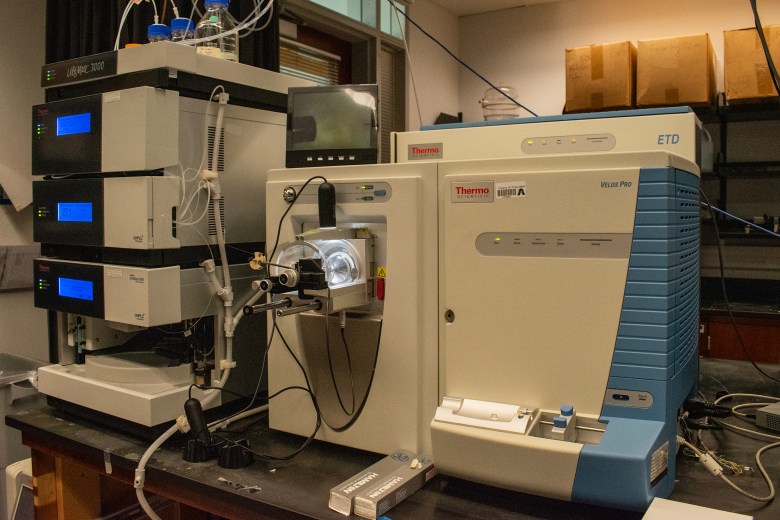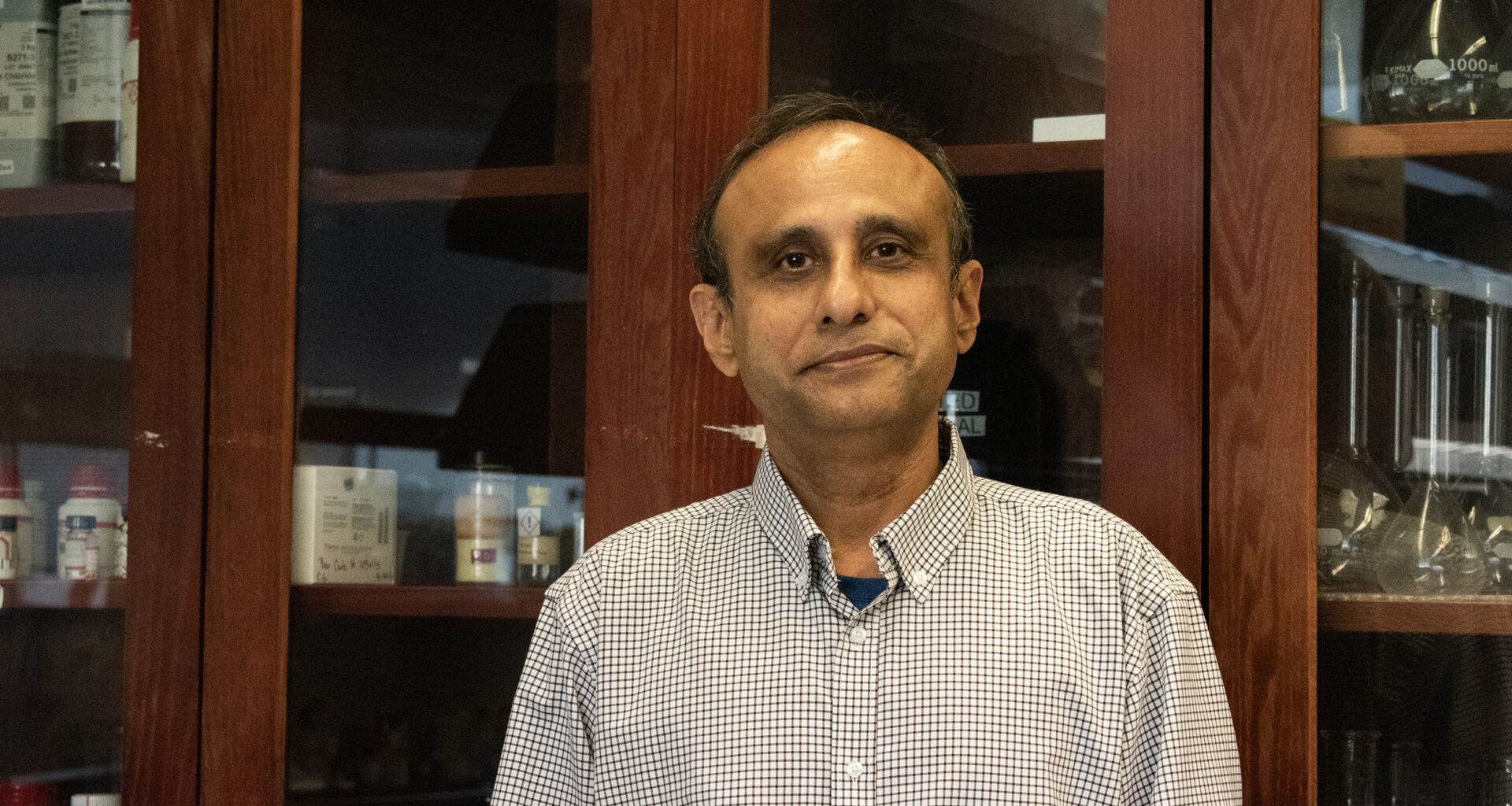Biochemistry researcher Saiful Chowdhury is exploring how proteins interact as part of the immune system.
Some immune systems are overactive, causing inflammation, the UTA associate professor said. This can result in medical problems such as cancer, arthritis and cardiovascular disease.
Chowdhury’s research at the University of Texas at Arlington seeks to develop an overarching understanding of protein interactions to better treat those health conditions.
“This is actually the next frontier,” Chowdhury said. “This science is what we call systems biology. That means we comprehensively study a system.”
Now Chowdhury’s work, which makes use of very expensive equipment, is bolstered by a five-year, $1.84 million grant from the National Institutes of Health aimed at advancing the understanding of biological processes to further the field of medicine.
To study proteins, Chowdhury must first extract them from immune cells.
Some proteins bind together in order to perform their function, but when researchers break apart cells to extract them, the bonds between the proteins also break. Researchers need the proteins to stay bonded to be able to study their interactions, he said.
Chowdhury uses a technique called crosslinking to preserve their structure. He introduces a connector molecule that links the proteins, keeping them bound together even after the cell has broken.
Once the proteins are removed from the cell, they are broken apart into their building blocks with an enzyme. Then, specialized equipment called a mass spectrometer weighs those building blocks and then breaks them into smaller fragments.
 A mass spectrometer, one of the tools Chowdhury and his graduate students use to conduct their research, sits in the lab on Oct. 13, 2025, at the University of Texas at Arlington. (McKinnon Rice | Fort Worth Report)
A mass spectrometer, one of the tools Chowdhury and his graduate students use to conduct their research, sits in the lab on Oct. 13, 2025, at the University of Texas at Arlington. (McKinnon Rice | Fort Worth Report)
Based on the mass of those fragments, researchers can determine the makeup of the protein as well as how much of the protein is present.
Knowing when too much or too little of certain proteins are present helps researchers then develop drugs to address resulting medical problems.
“We want to regulate that, like how much of those proteins are expressing high or low, or protein complexes — it’s not just a single protein, but could be … like two, three proteins together,” Chowdhury said.
McKinnon Rice is the higher education reporter for the Fort Worth Report. Contact her at mckinnon.rice@fortworthreport.org.
The Fort Worth Report partners with Open Campus on higher education coverage.
At the Fort Worth Report, news decisions are made independently of our board members and financial supporters. Read more about our editorial independence policy here.
Related
Fort Worth Report is certified by the Journalism Trust Initiative for adhering to standards for ethical journalism.
Republish This Story
Republishing is free for noncommercial entities. Commercial entities are prohibited without a licensing agreement. Contact us for details.

